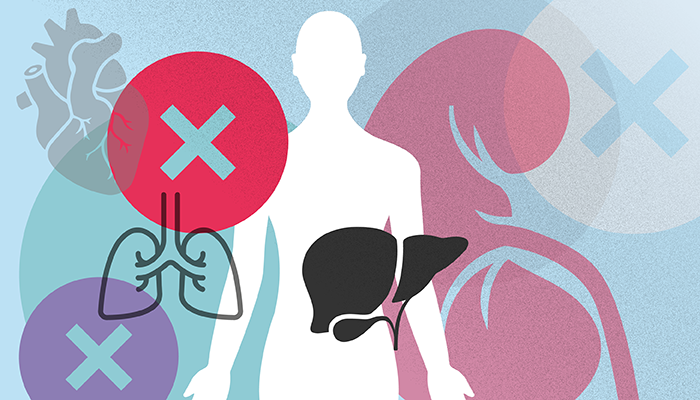
Credit: The Ophthalmologist
Alongside many other aspects of healthcare adversely impacted by the pandemic, COVID-19 also precipitated a global decrease in corneal donations. The reasons for the decrease in organ and tissue donations seem self-explanatory, but the effects look set to be long-lasting, meaning that we could soon be experiencing a severe shortage of tissue supplies needed for one of the most common transplants in the world.
Even though keratoplasty – thanks to the introduction of such innovative procedures as Descemet stripping endothelial keratoplasty (DSEK) – continues to evolve at a rapid pace, the logistical backdrop to this evolution remains uncertain. Simply put: how can an ophthalmologist replace a damaged cornea with donor tissue, if they haven’t got access to donor tissue? With an estimated 12.7 million people currently on corneal transplantation lists around the world, it’s a stark reminder that this scarcity is in dire need of a remedy.
Thinking laterally, the authors of a new study from the Mass Eye and Ear of the Harvard Medical School Department of Ophthalmology have suggested that the neuropeptide, α-melanocyte–stimulating hormone (α-MSH), could be used to promote corneal healing, perhaps reducing the need for corneal tissue in some cases.
Speaking of the study findings as they relate to the treatment of corneal endothelial disease, Reza Dana, Claes H. Dohlman Professor of Ophthalmology at Harvard and lead author of the study, says, “There is currently no therapy except surgery (transplant) for these conditions. Our data suggest that activating the relevant receptors, perhaps topically, can stop or even reverse these conditions to bypass surgery.” In theory, then, the neuropeptide – already found to promote cell regeneration and cell protection – could indeed provide an answer to this global transplant shortage.
The findings of the study are positive – in mice, but there is work to be done. “The key point is that α-MSH does not have proper pharmacokinetics – it cannot get through tissues well,” Dana explains. “Thus, new molecules that behave the same way and bind the same receptor will need to be made to allow this system to be activated via administration of a drop.” If this future development does happen? “Such an agent would be applied to the eye after injury or – in the case of an eye with a degenerating corneal endothelium – to prevent further decompensation and reversal of the pathology so that the functioning can be restored.”
